I’ve fallen for a few flashy kitchen trends over the years, only to realize later they didn’t age so well. Design moves fast, and what feels fresh today can look totally out of place tomorrow.
Some of 2024’s most popular looks are already on borrowed time, and by 2030, a few might have you wondering, What were we thinking? But not everything fades. Some kitchen styles truly go the distance, staying beautiful and functional no matter the decade.
Wondering which trends are worth skipping, and which ones will always hold their charm? Let’s break down the ones to rethink and the ones to keep forever.
1. Copper Everything Madness

Remember when copper took over every kitchen like a shiny orange invasion? Those days are numbered. Homeowners are realizing that copper everything creates visual chaos rather than warmth.
Copper requires constant polishing to avoid looking like a neglected penny jar. The metal shows water spots, fingerprints, and develops that green patina that screams “I gave up on maintenance.” Plus, copper clashes with most other finishes.
Smart designers now use copper sparingly as an accent rather than the main event. A single copper pendant light or small accessories work better than turning your kitchen into a penny museum.
2. Neon Under-Cabinet Lighting Strips
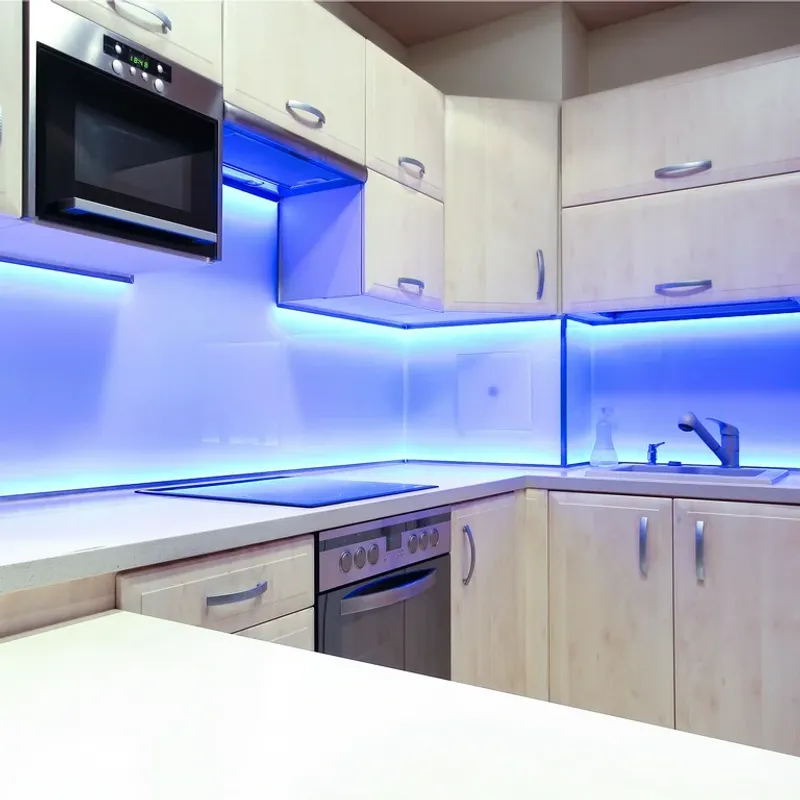
Whoever decided kitchens needed to look like nightclubs clearly never tried cooking under rainbow LED strips. This trend peaked during the pandemic when everyone became amateur lighting designers.
Neon strips make food look unappetizing and create harsh shadows that actually make cooking harder. Your avocado toast shouldn’t glow purple, and your morning coffee doesn’t need disco lighting effects.
Professional chefs prefer warm, even lighting that shows true colors. Color-changing strips might seem fun initially, but they quickly become annoying. Most homeowners end up switching them to basic white anyway, wondering why they bothered with the rainbow feature.
3. All-White Kitchens
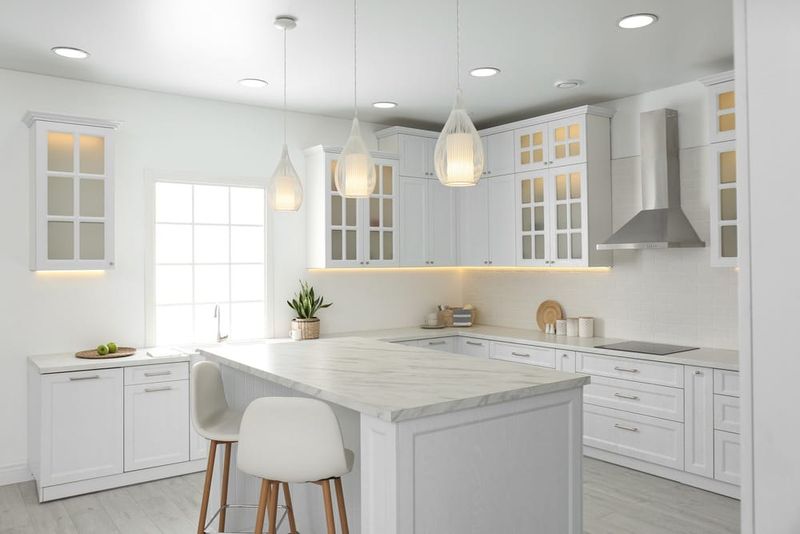
Once upon a time, pristine white kitchens dominated design magazines and Pinterest boards everywhere. The clean, bright aesthetic won hearts for its timeless appeal and illusion of spaciousness.
Unfortunately, reality has set in for many homeowners who discovered white cabinets show every fingerprint, sauce splatter, and coffee drip. The maintenance nightmare combined with evolving design preferences is pushing this trend toward extinction.
By 2030, expect to see warm wood tones, bold colors, and mixed materials taking center stage as people embrace kitchens that actually look lived-in rather than laboratory-perfect.
4. Open Shelving Everywhere
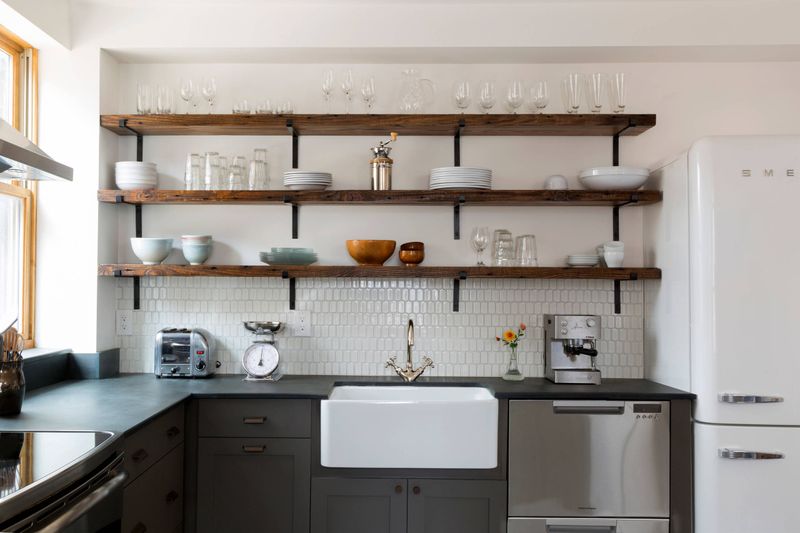
What seemed like a brilliant idea in design magazines has become the bane of many homeowners’ existence. Open shelving forces you to maintain picture-perfect organization and battle the never-ending dust that settles on every exposed dish.
People are growing tired of the pressure to curate Instagram-worthy displays just to store their cereal bowls. The pandemic also taught us the value of hiding our kitchen chaos quickly when unexpected video calls happen.
Future kitchens will likely feature a strategic blend of closed storage for everyday items with just a few open elements for truly display-worthy pieces.
5. Granite Countertops
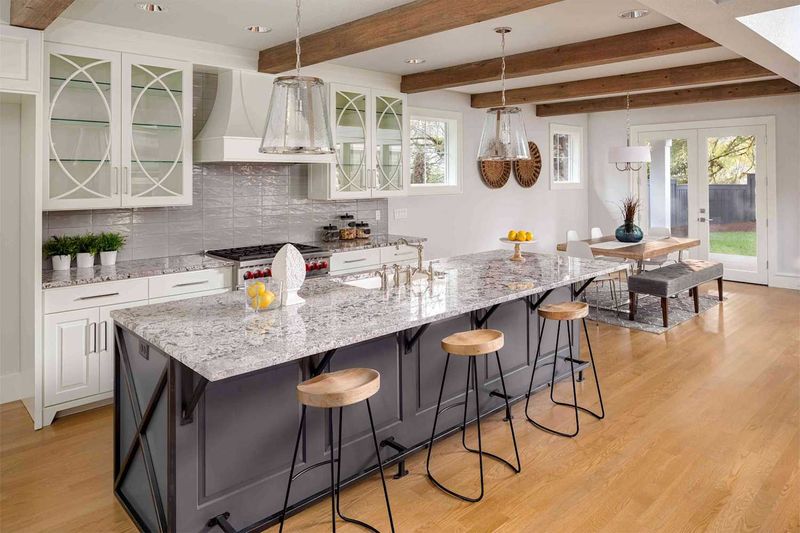
Remember when having granite countertops was the ultimate kitchen status symbol? Those days are numbered as homeowners discover more practical and sustainable alternatives.
Granite’s porous nature requires regular sealing, and its busy patterns often clash with modern minimalist aesthetics. The environmental impact of quarrying and shipping these heavy stone slabs across the globe is also falling out of favor with eco-conscious consumers.
Engineered quartz, sintered surfaces, and recycled materials that offer better durability, lower maintenance, and smaller carbon footprints are rapidly becoming the smart choice for forward-thinking homeowners.
6. Pot Fillers
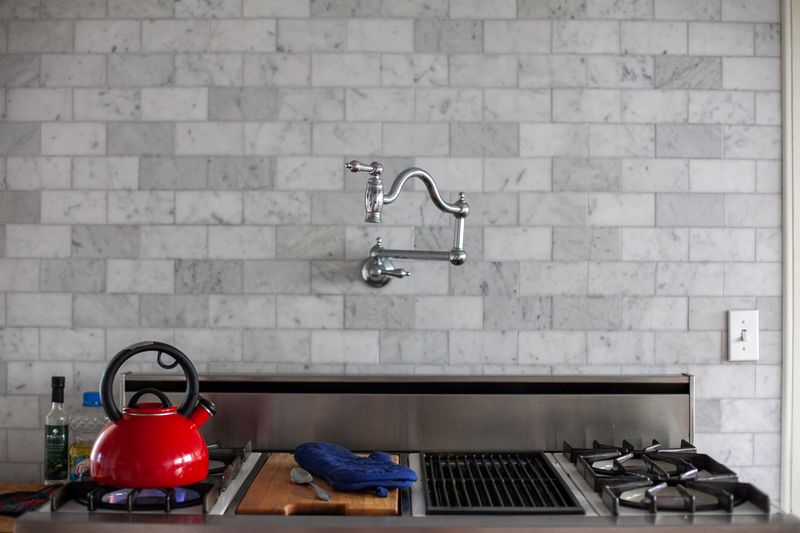
Fancy water taps installed directly above stoves initially seemed like the height of culinary convenience. Why carry a heavy pot of water across the kitchen when you could fill it right where you need it?
In practice, these rarely-used fixtures have proven to be more about showing off than practicality. They create potential leak points in problematic locations, require extra plumbing costs, and most home cooks simply don’t use them enough to justify the expense.
As kitchens become more streamlined and multifunctional, expect these showy one-trick features to disappear in favor of truly useful innovations that serve multiple purposes.
7. Farmhouse Sinks
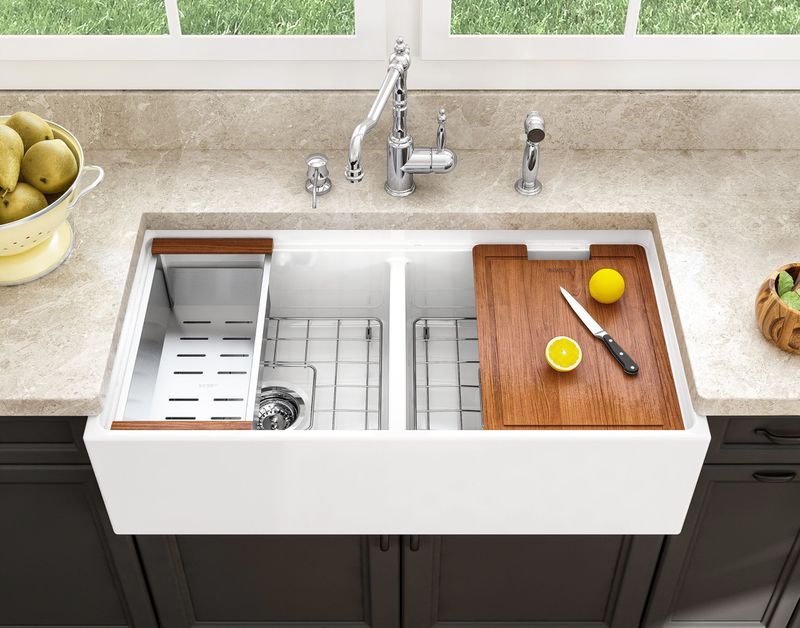
While undeniably charming, these bulky fixtures are revealing their drawbacks as homeowners live with them longer.
The protruding front often catches hip bones painfully, and the single deep basin makes washing dishes awkwardly inefficient compared to double-sink configurations. That pristine white ceramic? It chips easily and shows every scratch and stain.
Future kitchens will favor more ergonomic, flexible sink systems with customizable accessories and workstations that adapt to multiple tasks rather than focusing on nostalgic aesthetics.
8. Massive Kitchen Islands
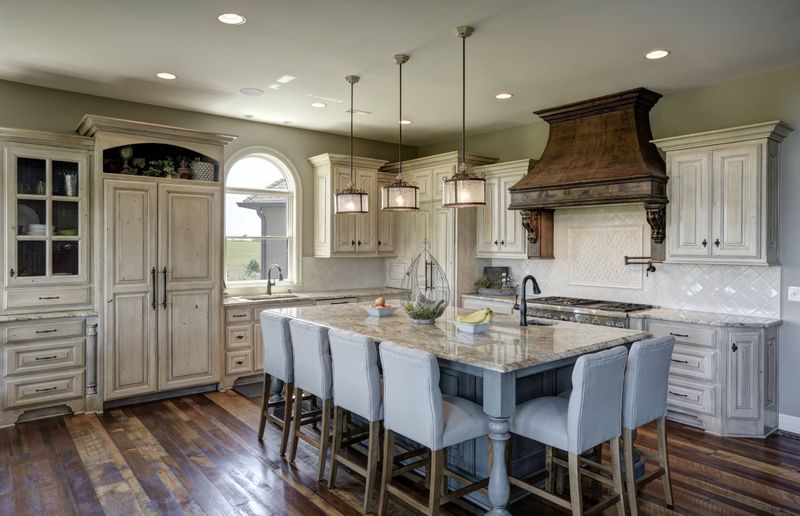
If you’ve watched any home renovation show lately, you’ve witnessed the obsession with enormous kitchen islands that could double as landing strips. While the extra counter space seems appealing, these oversized behemoths often create more problems than they solve.
Many homeowners discover too late that their giant island disrupts kitchen traffic flow, creates awkward dead spaces nobody can reach, and becomes a magnet for clutter. The wasted interior space and inefficient layout contradict the growing focus on functional design.
9. Smart Fridges with Screens
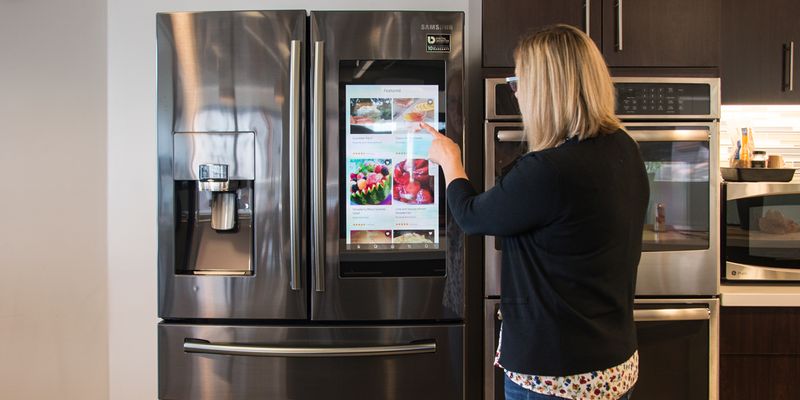
Those futuristic refrigerators with giant touchscreens and internet connectivity seemed like the wave of the future, but they’re heading toward the technology graveyard faster than you can say “software update.”
Consumers have discovered that paying thousands extra for built-in screens that become outdated within years makes little financial sense. The promised smart features often go unused while repair costs skyrocket when something inevitably goes wrong with the complex electronics.
The kitchens of 2030 will likely feature simpler, more reliable appliances with separate, upgradable smart home hubs rather than expensive tech embedded directly into essential appliances.
10. Industrial-Style Everything
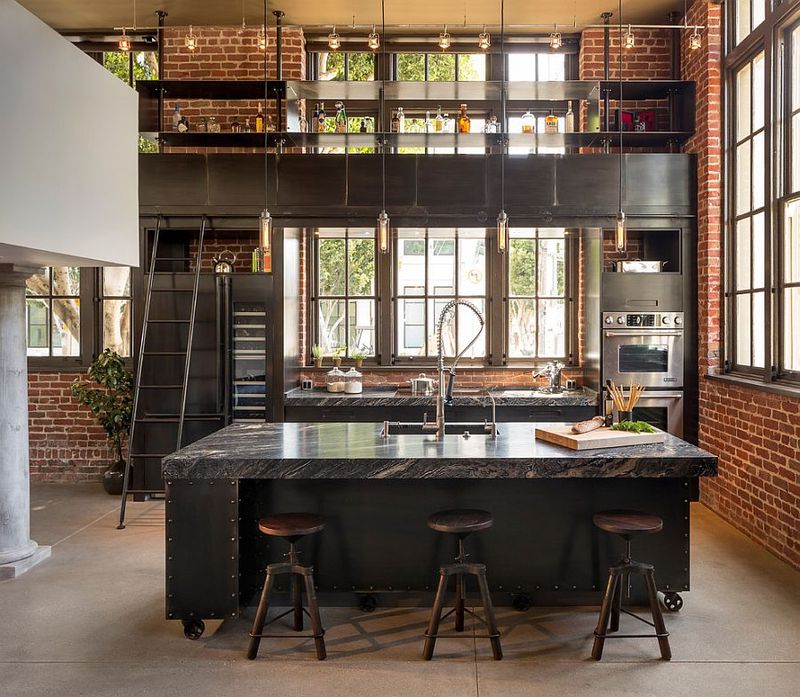
Many families have discovered that industrial kitchens are noisy, echo-prone, and lack the warmth that makes a kitchen feel like the heart of the home. The exposed mechanical elements collect grease and dust in hard-to-clean crevices.
Future kitchen designs will blend professional functionality with residential comfort, incorporating warmer materials, sound-dampening features, and cleverly concealed mechanical elements for a more balanced approach.
1. Butcher Block Countertops
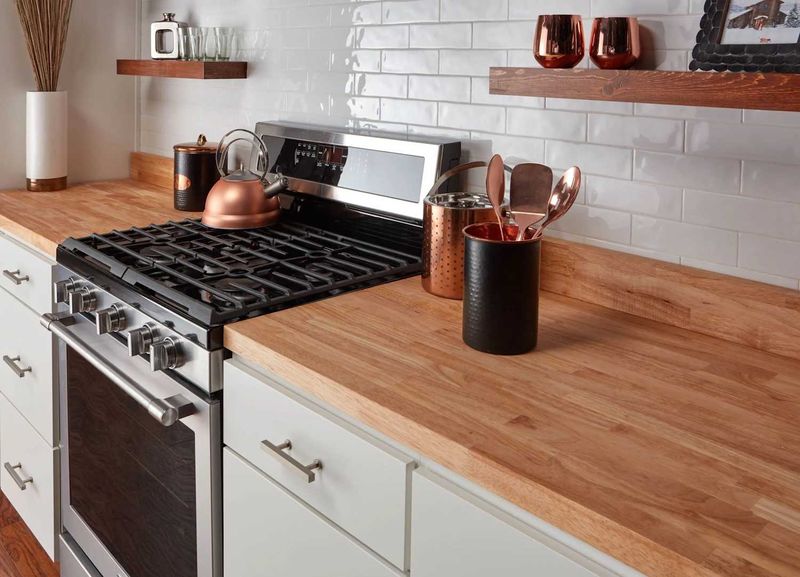
Warm, natural, and incredibly practical, butcher block countertops have graced kitchens since the 1800s. Their honey-colored glow brings instant warmth to any kitchen space.
Unlike their stone cousins, these wooden beauties actually improve with age, developing a rich patina that tells the story of family meals prepared over decades. Plus, they’re kinder to your knife blades than harder surfaces.
Maintenance is surprisingly simple – just occasional oil treatments keep them looking gorgeous. When damaged, they can be sanded down rather than replaced entirely, making them both eco-friendly and budget-smart for the long haul.
2. Pull-Out Spice Racks
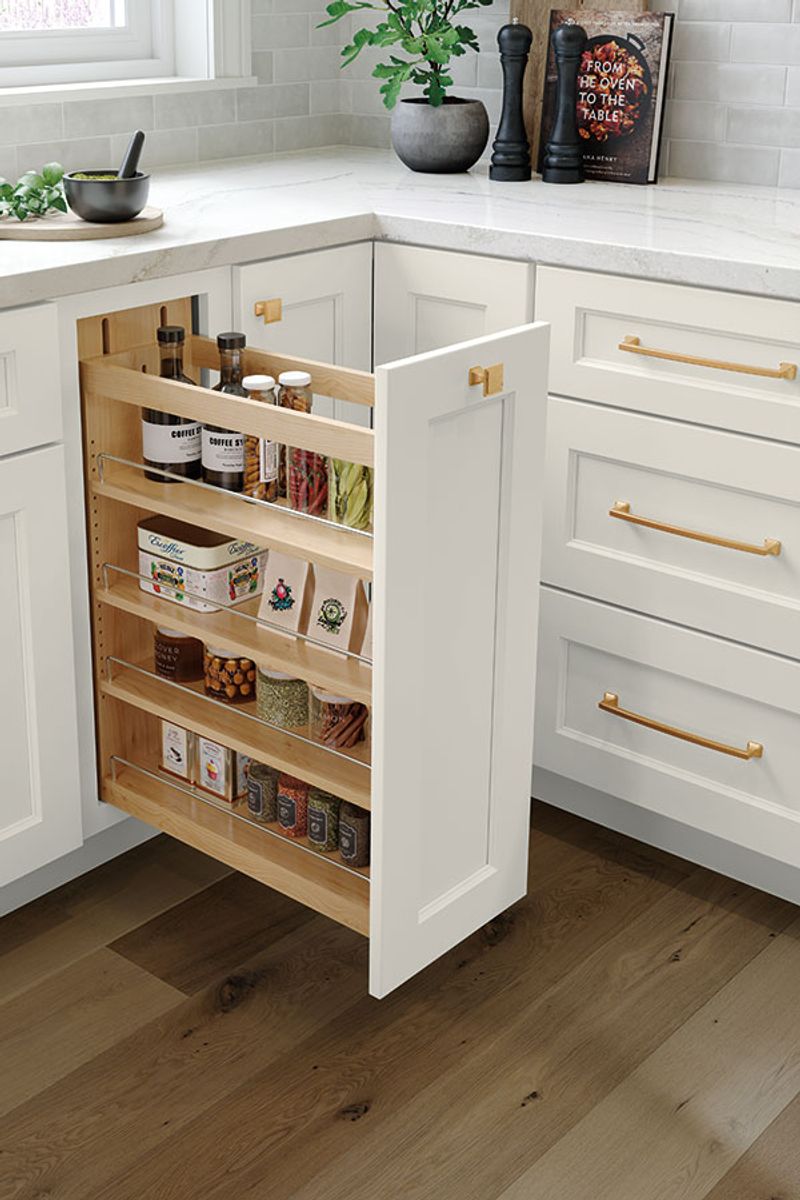
Remember frantically searching through crowded cabinets for that one spice jar? Pull-out spice racks solve this age-old kitchen frustration once and for all!
Hidden neatly between cabinets or inside drawers, these clever storage solutions maximize every inch of kitchen real estate. You’ll find every cinnamon stick and peppercorn at your fingertips when cooking.
Dating back to elegant Victorian kitchens, these organizational marvels have evolved with modern materials but kept their fundamental purpose intact. Their slim profile works in kitchens of any size, from tiny apartments to sprawling country homes, proving good design truly stands the test of time.
3. Subway Tile With Colored Grout

“Why are those white rectangular tiles everywhere?” you might wonder. Subway tiles first appeared in New York City’s underground stations in 1904, then quickly jumped to home kitchens because they’re so easy to clean.
Adding colored grout transforms this classic into something fresh yet timeless. Navy, charcoal, or even bright red grout lines make white tiles pop while hiding the inevitable kitchen stains.
The beauty lies in versatility – subway tiles complement virtually every kitchen style from ultra-modern to farmhouse cozy. Their affordability means you get high-end looks without breaking the bank, explaining why they’ve remained popular for well over a century.
4. Hidden Appliance Garages

Coffee makers, blenders, toasters – modern kitchens overflow with gadgets that create visual clutter. Enter the appliance garage: a clever hideaway that keeps countertops pristine without banishing your favorite tools to inconvenient cabinets.
These roll-up or swing-door compartments have actually been around since the 1950s! Built right into your cabinetry, they allow appliances to remain plugged in and ready for use while maintaining that magazine-worthy kitchen appearance.
5. Ceiling-Height Pantry Cabinets

Grandma knew best! Those floor-to-ceiling pantry cabinets from old-world kitchens have made a triumphant return, and for good reason.
Unlike trendy open shelving that demands picture-perfect organization, these tall beauties hide everything behind closed doors while maximizing every vertical inch. The top shelves perfectly store holiday serving pieces and other rarely-used items without wasting precious space.
6. Upside-Down Pendant Lighting

Hanging like glowing jewels above kitchen islands, upside-down pendant lights cast their warm glow downward exactly where you need it. These practical beauties first appeared in early 20th-century kitchens and never truly disappeared.
Materials range from copper and brass to glass and ceramic, each developing character with age. Their suspended nature draws the eye upward, creating the illusion of higher ceilings – a clever visual trick that explains why designers keep returning to this lighting solution decade after decade.
7. Colorful Cast Iron Cookware

Those vibrant enameled pots aren’t just pretty faces! Colorful cast iron cookware has adorned kitchen stovetops since the early 1900s when French companies first applied vivid enamel to traditional cast iron.
Beyond their rainbow of hues that brighten kitchens, these workhorses deliver unmatched heat retention and durability. Many families pass down their flame-orange Dutch ovens through generations, each piece accumulating cooking memories along with minor chips that only add to their charm.
8. Breakfast Nooks With Built-In Seating

Long before open-concept kitchens became fashionable, breakfast nooks carved out cozy dining spots within kitchen walls. These charming alcoves first appeared in 1920s American homes and never lost their appeal.
Built-in bench seating maximizes space efficiency while creating an intimate gathering spot for morning coffee or homework sessions.
Window-adjacent nooks capture natural light, creating sun-dappled corners that draw family members like magnets throughout the day.

